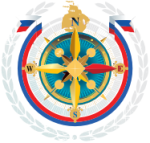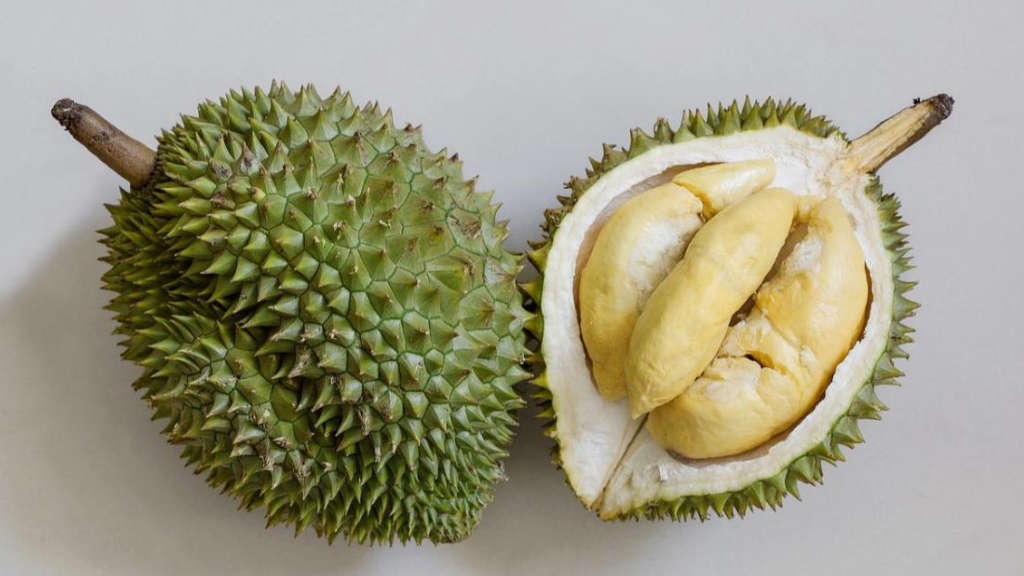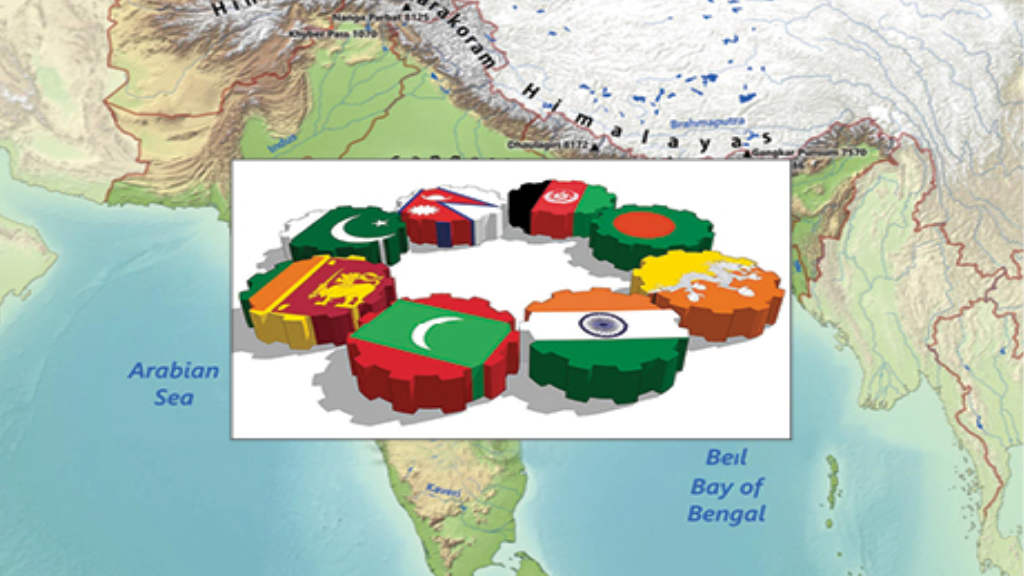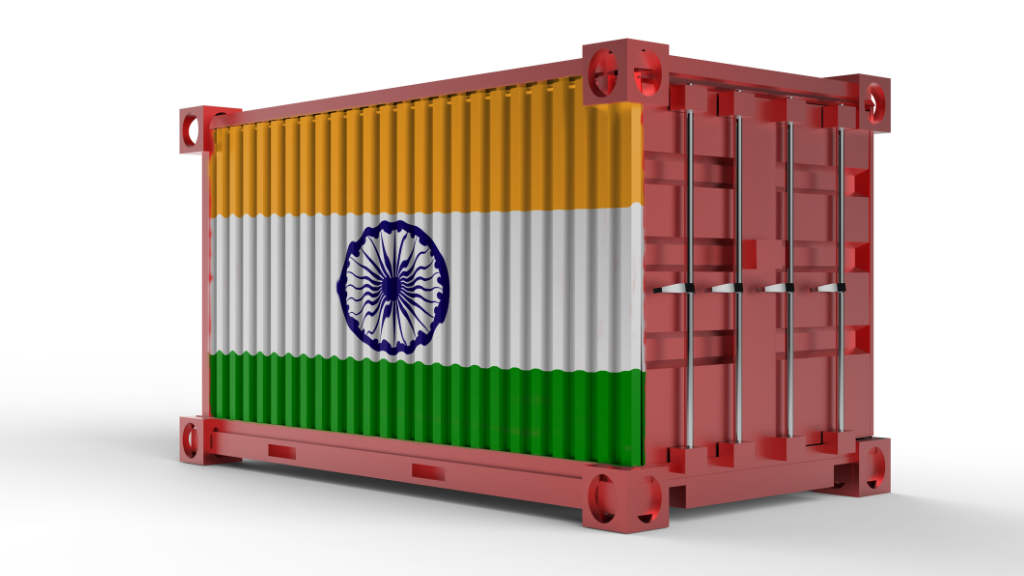The Russian Foreign Minister, Sergey Lavrov has been visiting Yerevan at the invitation of the Ararat Mirzoyan, the Armenian Minister of Foreign Affairs. During the talks held at the Armenian Foreign Ministry, they discussed a wide range of issues related to the development of bilateral cooperation, interaction within the Eurasian integration associations, and coordination at the UN and other international platforms. They signed the Plan of inter-ministerial consultations for 2025-2026.
The Ministers had a substantive exchange of views on regional security issues. Russia reaffirmed its readiness to further support the Armenian-Azerbaijani normalisation process on the basis of the 2020-2022 trilateral agreements by the Russian, Armenian and Azerbaijani leaders. The parties agreed to step up efforts to implement the opportunities of the 3+3 Regional Cooperation Platform designed to ensure resolution of the South Caucasus problems by the states of the region themselves and their closest neighbours.
Lavrov was also received by Prime Minister of the Republic of Armenia Nikol Pashinyan and President of the Republic of Armenia Vahagn Khachaturyan. The parties expressed mutual intent to strengthen their political and interdepartmental dialogue and tap the potential of trade and economic cooperation between Russia and Armenia, which would promote mutual understanding and finding solutions to issues of interest for both parties.
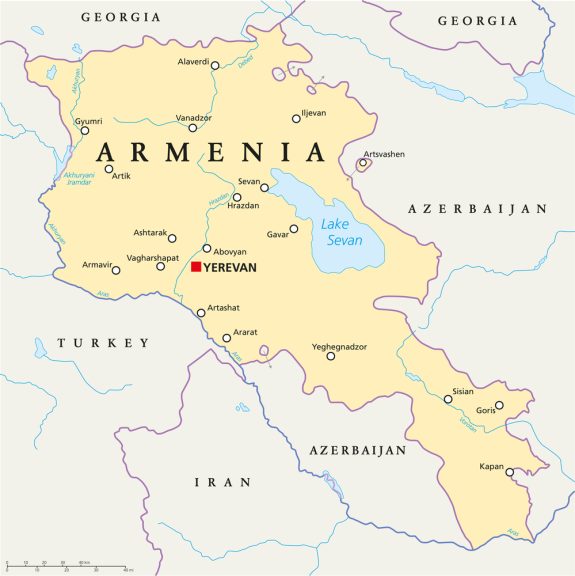
Armenia is a member of the Eurasian Economic Union, but at the same time on April 4, Armenian President Vahagn Khachaturyan signed the law “On the beginning of the process of accession of the Republic of Armenia to the European Union”. The country cannot be a member of both unions. Yerevan also froze its participation in the Collective Security Treaty Organization (CSTO), an international organization created to protect the independence, sovereignty and territorial integrity of member states, Armenia, Belarus, Kazakhstan, Kyrgyzstan, Russia and Tajikistan. At the same time, at a joint conference with his Russian counterpart Sergei Lavrov following the talks, the country’s Foreign Minister Ararat Mirzoyan said Armenia is not going to reformat allied relations with Russia. “Our commitments, rights and intentions are written down on paper, signed, ratified, and no one has abolished them,” he said.
As a member of the EAEU, Armenia engages in free trade with Russia, Belarus, Kazakhstan, and Kyrgyzstan, accessing a vast, tariff-free market. It also benefits from the EAEU’s trade agreements with countries like Vietnam and Serbia, as well as an expanded agreement with Iran, which reduces tariffs on 90% of goods traded between Iran and EAEU member states. This agreement solidifies Armenia’s position as a crucial transit route for Iranian trade with the EAEU, being Iran’s only land connection to the bloc. Additionally, Armenia engages with the EU through the Generalized System of Preferences (GSP) and the Comprehensive and Enhanced Partnership Agreement (CEPA) to enhance trade and cooperation.
With a population of approximately 2.97 million, Armenia’s GDP (PPP) stands at around US$64.43 billion, with a GDP (PPP) per capita of about US$21,746. The economy is projected to grow by 5.7% in 2024.
Bilateral trade with Russia has shown significant growth, with trade turnover increasing from US$2.6 billion in 2021 to US$1.58 billion in Q1 2025 alone. Bilateral trade hit record highs in 2024, with Lavrov stating that “This is over a third of Armenia’s total foreign trade turnover, and Russia remains Armenia’s largest trade and investment partner.”
Armenia exports electrical equipment, agricultural produce and alcohols to Russia, while Russia exports cars, gold, diamonds, broadcasting equipment, and natural gas.
Lavrov also spoke at the Russian-Armenian University, and met with members of the Russia House.
Further Reading
